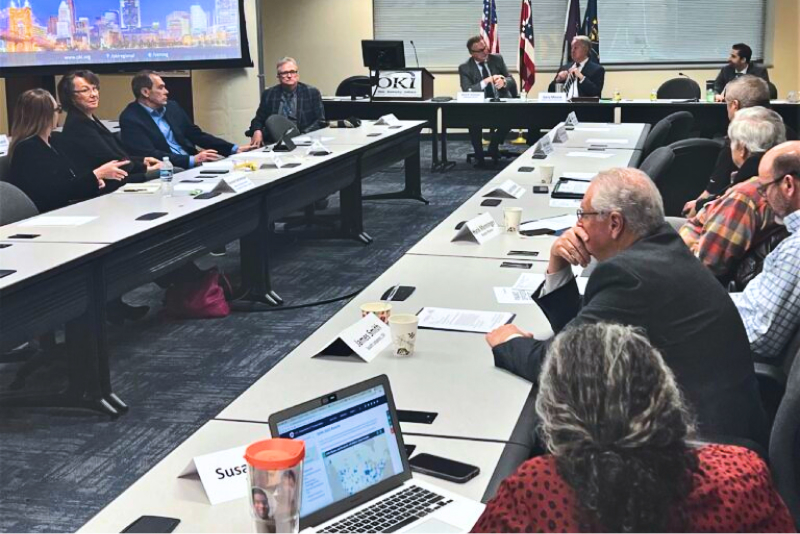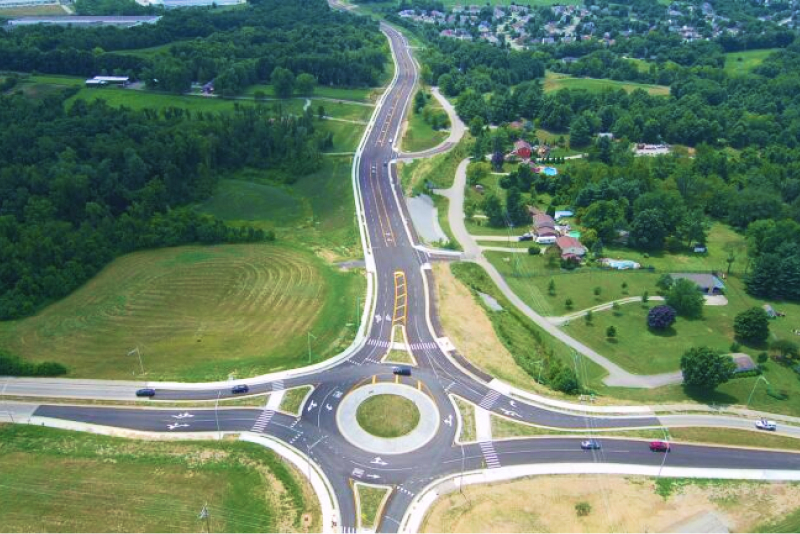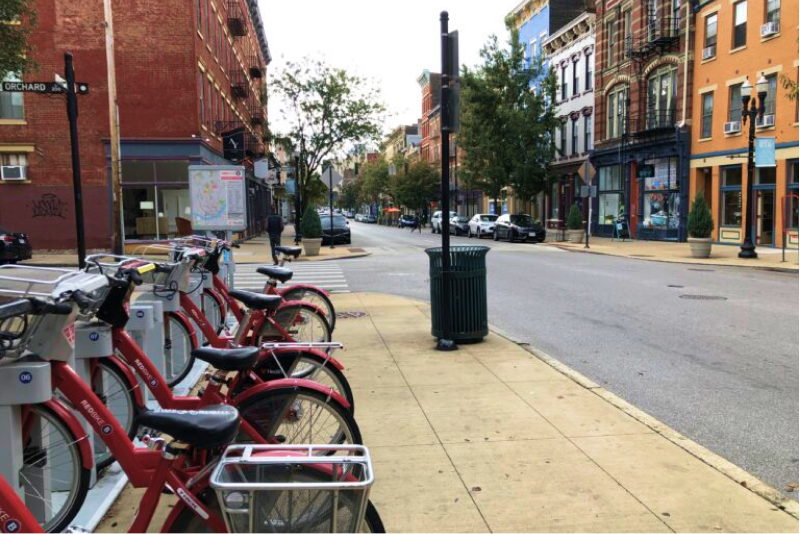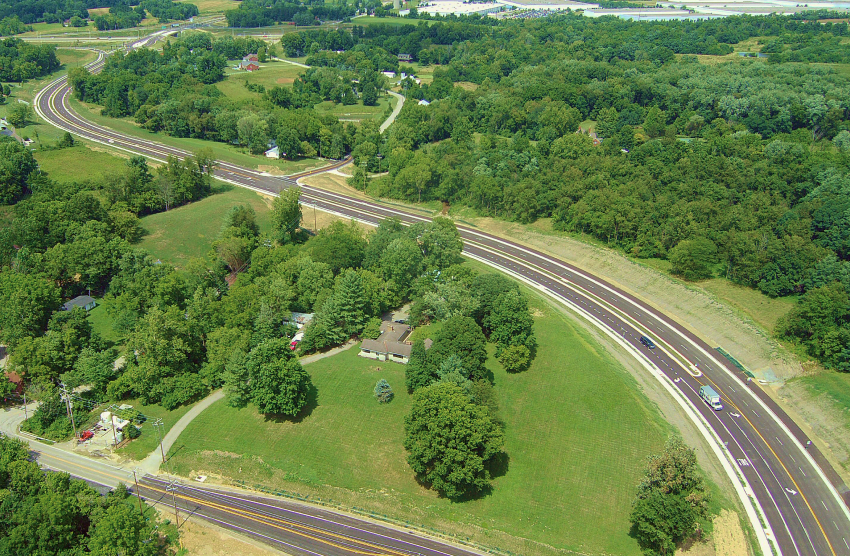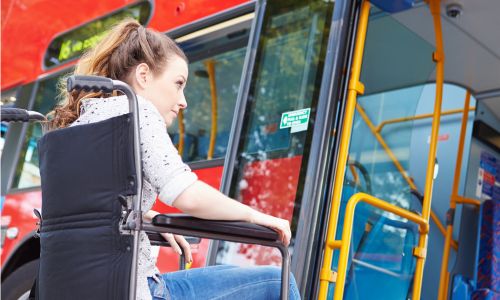Overview
Travel demand is critical in transportation investment decision making. Transportation modeling involves developing and applying traffic and travel demand models to identify transportation infrastructure needs, evaluate proposed projects, and optimize existing systems. Transportation modeling helps improve traffic flow, reduce congestion, enhance safety, and promote sustainable transportation options. These outcomes contribute to a more efficient and reliable transportation system that supports economic growth and enhances quality of life.
The travel demand model utilizes sophisticated mathematical algorithms to simulate and estimate travel demands, forecast traffic volumes, speeds, and transit ridership on transit routes. It is a powerful tool for evaluating the performance of existing and proposed transportation systems. It takes into account a wide range of factors, including land use patterns; socioeconomic characteristics of the population and employment; and the composition and configuration of the transportation system.
It helps OKI assess the potential impacts of:
- New development and changes in population and demographic trends
- Road expansions and transit projects
- Changes in transportation policies
- Technological advancements
- Energy consumption and sustainability
By analyzing different scenarios and policies with the model, we can evaluate their effects on:
- Congestion
- Travel times
- Air quality
- Overall accessibility
Maintaining and Enhancing OKI’s Travel Demand Model
OKI’s Activity-Based Travel Demand Model serves as the foundation for our transportation modeling efforts. Guided by state and federal guidelines, and our commitment to excellence and innovation, we continuously strive to improve our modeling techniques and stay at the forefront of industry advancements. OKI collects and analyzes traffic and travel data to ensure the model reflects the unique characteristics of our region. We work closely with DOTs, local governments, transportation agencies, and stakeholders to ensure our models align with their needs and priorities.
Informing Transportation Planning, Studies and Air Quality
OKI’s travel demand model has been frequently applied in various transportation planning and traffic studies and air quality analyses. The model is used to simulate different scenarios and evaluate the potential impacts of proposed transportation projects. This allows us to assess changes in traffic volumes, travel patterns, and congestion levels. This helps us make informed decisions about infrastructure improvements and traffic management strategies.
OKI uses traffic and travel data to analyze air quality within our region. By integrating emissions factors and travel behavior information into our modeling efforts, we can assess the environmental impacts of transportation activities. This analysis enables OKI to evaluate the conformity of transportation projects, which ensures that our region’s transportation network is efficient and effective, as well as environmentally sustainable.
Household Travel Survey Helps Build a Better Transportation System
OKI’s Household Travel Survey (HTS) is essential for informing efforts to improve the region’s transportation infrastructure. The survey collects data on travel behavior of households.
The information gathered includes where people go, when they travel, what mode of transportation they use (e.g., car, transit, bike), and why they make these trips (e.g., work, shopping, recreation).
The survey provides crucial data that informs transportation planning, guides infrastructure development, and supports policy-making efforts to improve mobility, sustainability and equity in these systems.
The data is used to calibrate and validate OKI’s travel demand model and to inform transit planning and regional planning efforts within the region. It also plays a critical role for ODOT and KYTC in statewide travel demand modeling and transportation planning.
Detailed information on people’s travel behavior helps these agencies develop more effective transportation policies, forecast future travel needs, and plan infrastructure improvements.
HTS surveys are conducted through various methods, including web portals, phone interviews and travel diaries. The goal is to capture daily travel patterns from a broad, representative sample of households.
The survey takes place about every 10 years. OKI’s most recent Household Travel Survey was conducted between October 2021 and May 2022. The survey successfully collected travel information from about 4200 households (about 0.5% of total households) in the OK region.
OKI’s Transit Survey Gauges Passenger Behavior, Preferences
In spring 2024, OKI conducted a regional On-Board Origin Destination (OD) survey of all fixed transit routes in the OKI region. These routes involve designated stops and times when riders are picked up and dropped off.
An OD survey examines who uses the transit system (demographics); why they use it (choice riders and captive riders); and when, where, how, and why they use it (trip profile).
This type of survey is an important strategic planning tool for transit and transportation agencies – including OKI. For the survey 5,583 interviews were collected, or about 10% of the total fixed-route ridership in the region.
The survey and its final report provided an opportunity for direct engagement with transit riders, including those from Environmental Justice communities.
The data will be used to:
- Develop and update OKI’s Travel Demand Model
- Comply with FTA Title VI Requirements
- Provide transit operators with insight into their system utilization
Transit systems surveyed included the Southwest Ohio Regional Transit Authority; Transit Authority of Northern Kentucky; Butler County Regional Transit Authority; Clermont Transportation Connection; and the Cincinnati Streetcar.
View the transit survey’s final report and complete fact sheet.
